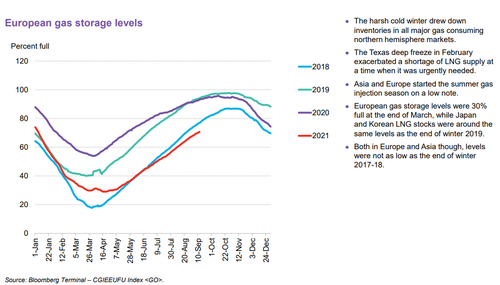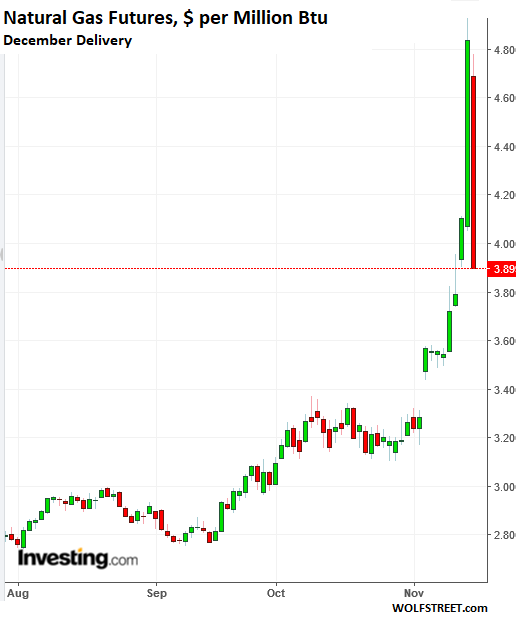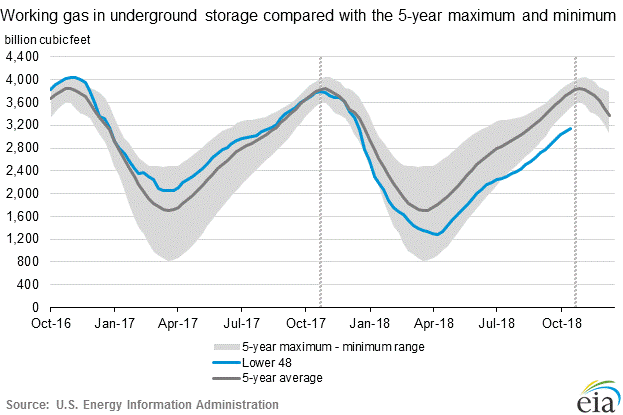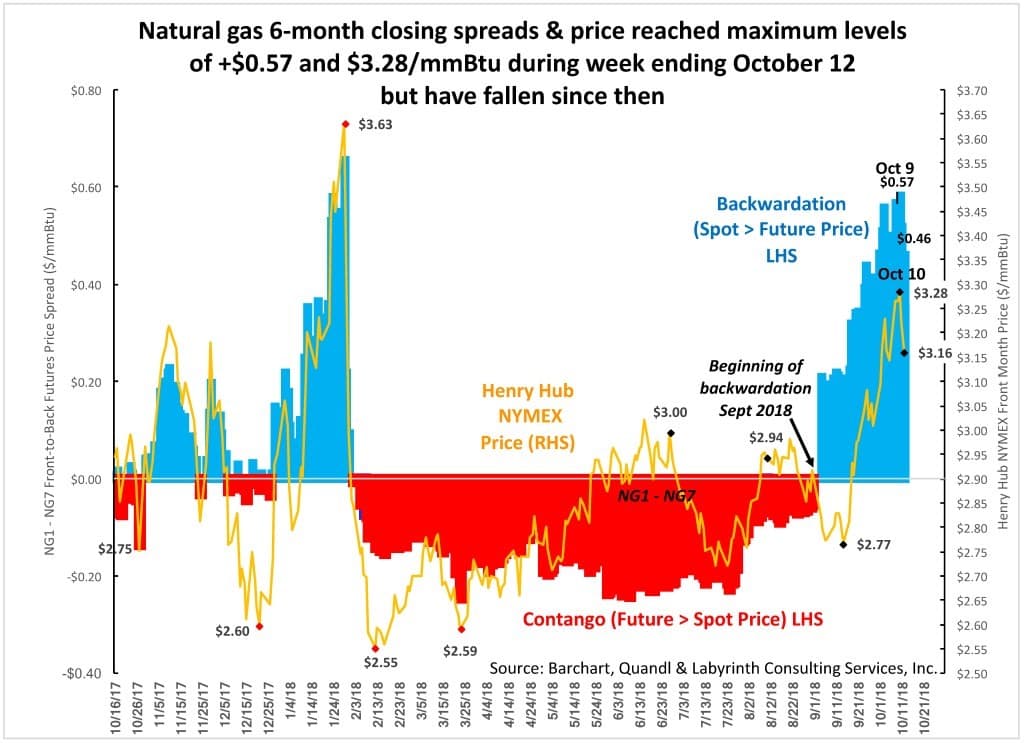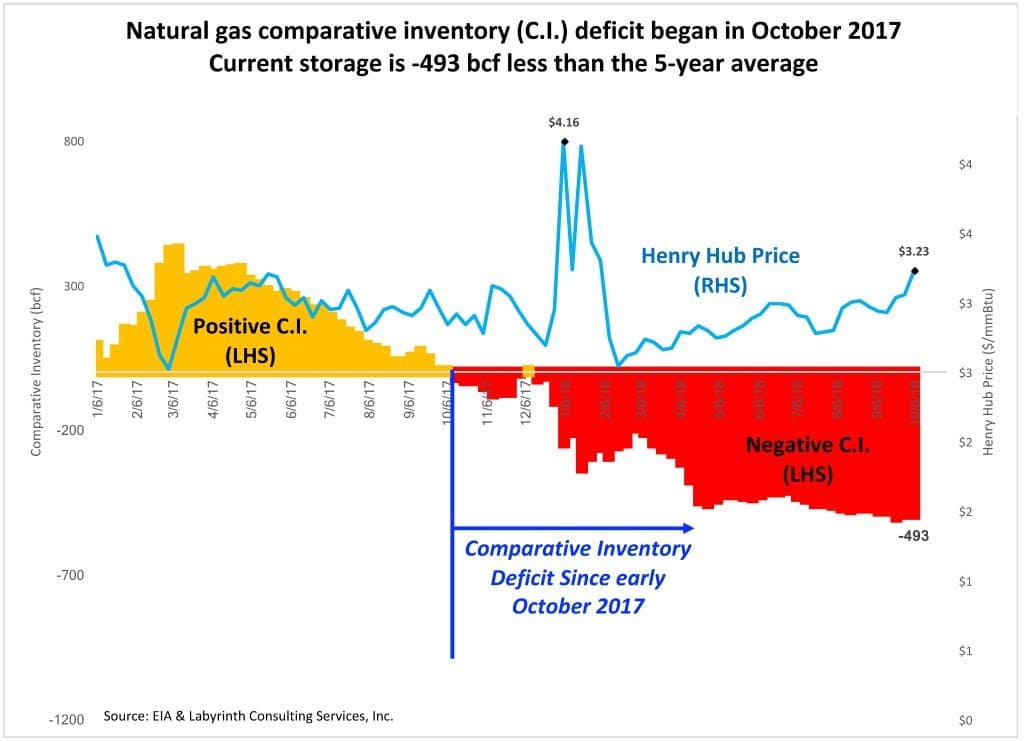Natural gas was supposed to be the so-called bridge fuel to the low-carbon renewable energy economy. It was abundant, cleaner to burn than oil and coal, and more and more available to anyone who wanted it as a global market in liquefied natural gas (LNG) blossomed and boomed.
But this season it is looking increasingly like that metaphorical natural gas bridge is going to come up short. And, the effects are starting to ripple throughout the economy, not only in the natural gas markets themselves, but also in the electricity and agricultural markets.
First, there are the obvious signs in the natural gas market. In both North America and Europe natural gas prices have bounded upward. In Europe gas import prices have zoomed up more than 400 percent in the last year from $2.86 per million BTUs (MMBtu) to $15.49 per MMBtu. (A million BTUs is roughly equivalent to the U.S. measure of a thousand cubic feet or mcf.)In the United States the levitation is not as dramatic, but that may change once the cold weather sets in. U.S. natural gas futures prices were around $2.90 per mcf a year ago and closed Friday at $5.10 per mcf for the October contract. But the U.S. natural gas price was only about $3.90 per mcf just before Hurricane Ida knocked half of the natural gas production from the U.S. portion of the Gulf of Mexico offline.
The other cause for rising natural gas prices is the surge in demand worldwide as economies boom in the wake of record fiscal stimulus and low interest rates in response to the pandemic.
…click on the above link to read the rest of the article…



